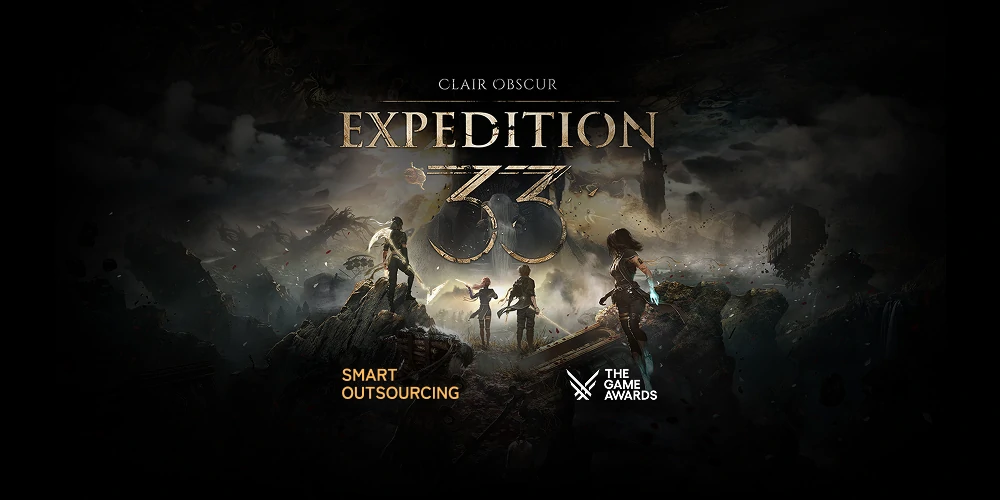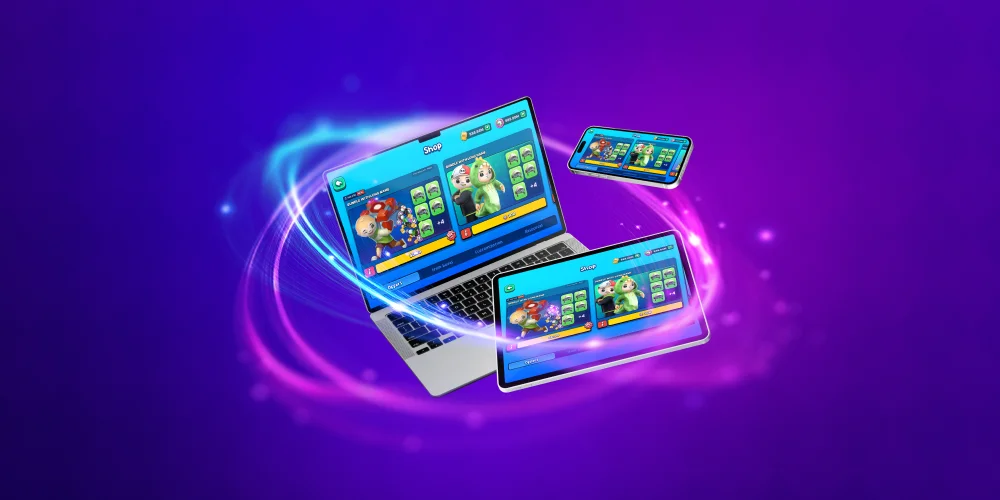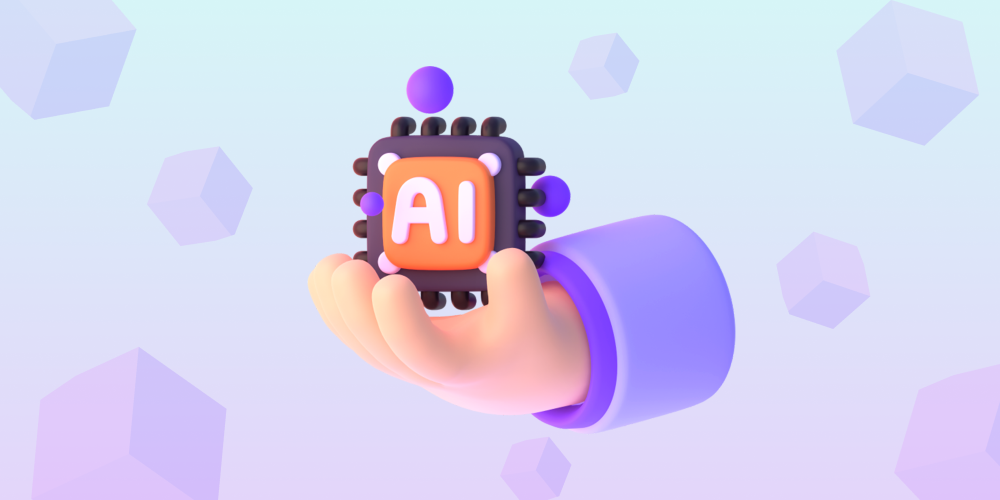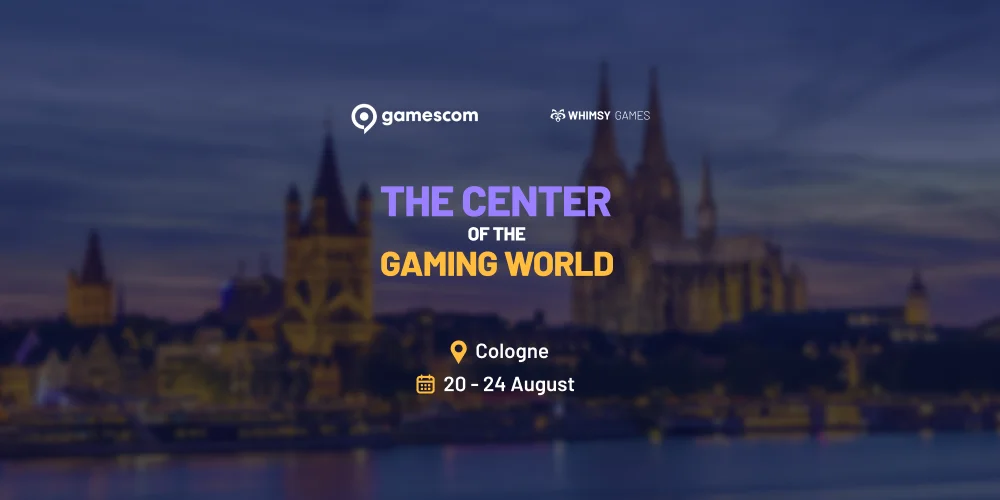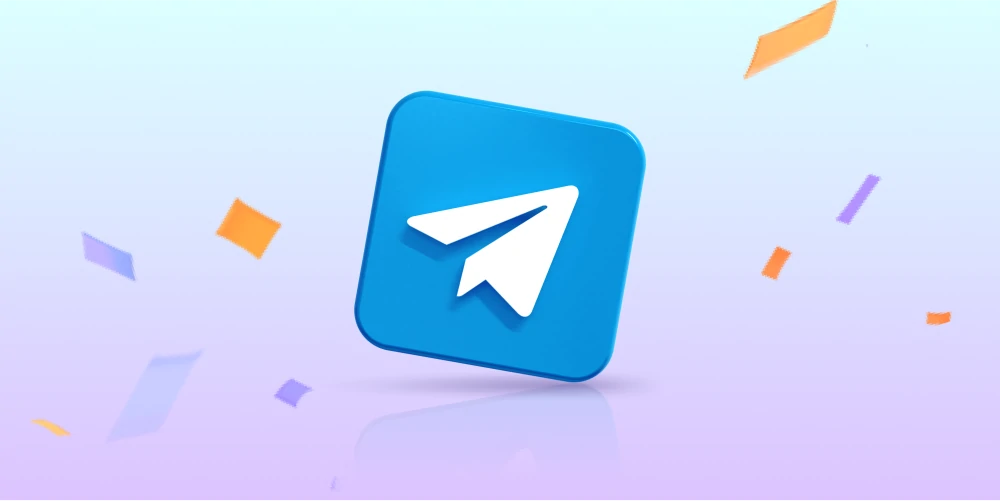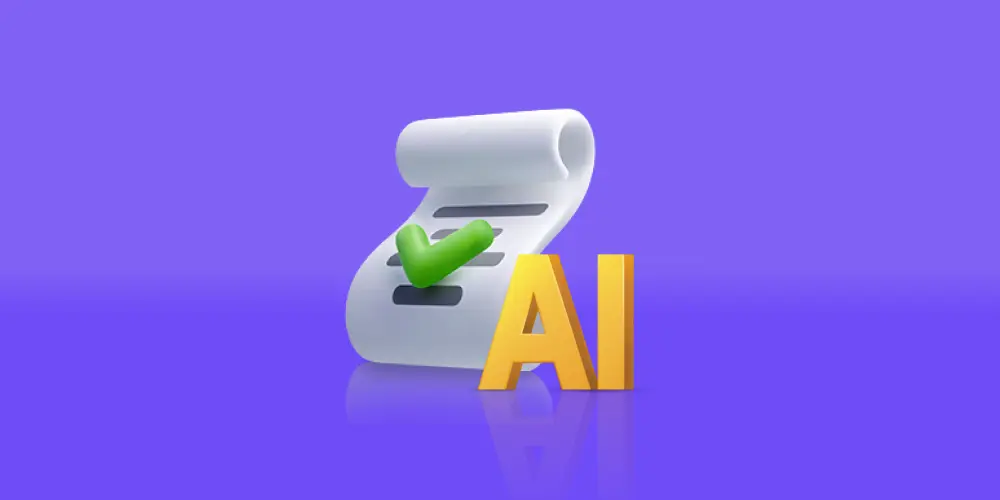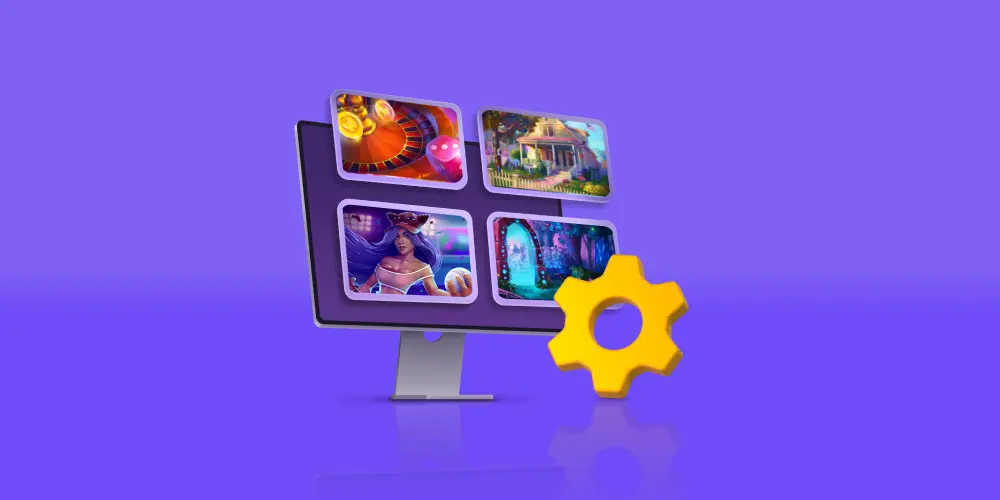KEY POINTS OF THE ARTICLE
- Introduction to the significance of a Game Design Document (GDD) in the game development process.
- Definition of a GDD as a comprehensive blueprint detailing the game’s mechanics, story, characters, and overall design.
- Importance of a well-structured GDD in ensuring cohesive collaboration among development teams.
- Overview of the key components typically included in a GDD, such as gameplay mechanics, level design, and user interface.
- Discussion on the role of a GDD in aligning the development process with the project’s vision and objectives.
- Examination of how a GDD facilitates clear communication between designers, developers, and stakeholders.
- Insights into best practices for creating an effective GDD, including clarity, conciseness, and adaptability.
- Consideration of the evolving nature of GDDs in agile development environments and the need for regular updates.
- Examples of successful GDDs and their impact on the development and success of notable games.
The game development industry is rapidly evolving every day. In the U.S., the market value is about to exceed $200 billion by 2023. To succeed in the industry, you must consider every aspect of the process, including every piece of documentation. In this post, we will look closely at one of the most important cornerstones of your future release — a game design doc or a GDD.
Even though GDDs are among the critical components in the game development cycle, their role might have shifted slightly over the years. The thing is, information stored in a game design document can be redundant unless well-formatted. It is a well-known issue for many developers. These days, you can’t make it work with a 100-page GDD.
The agile management framework has changed the game dev industry and inspired many teams to implement shorter game design doc versions.
How Do You Define A Game Design Document?
Multiple words can describe a game design document: a script, an instruction, the game’s anatomy, and many others. Whatever you call it, a good GDD helps your team:
- get a shared project vision
- realize what needs to be done to complete their goals
So, what is a game design document? It is a special type of documentation that shows your team the right direction to develop games on android. It clearly explains every task your team members must complete and outlines the results.
Warren Spector once said: “If anything, game development is even more of a team effort than making a movie, so for individuals to get credit for making a game is absolutely insane.”
A well-groomed GDD game design document will help ensure your team will create an outstanding title.
Why Is A Game Design Document Important?
To illustrate how vital the GDD is for game development, think of it as your project’s fortress. With a solid basis, your game will survive and successfully enter the market.
Is a GDD really such a significant influence on the game’s quality? If you ask any professional game dev team, they’ll all tell you that a well-groomed game doc is among the key factors that help create a stunning product.
Now that you understand the necessity of a GDD to ensure your project’s success, let’s find out how to write a game design document.
How To Write A Game Design Document?
Our team at Whimsy Games already has enough experience in creating any type of video game design document. We have created multiple custom GDDs and templates for clients worldwide, which ensured successful project releases. So, let us show you how to make a game design document and make it rock!
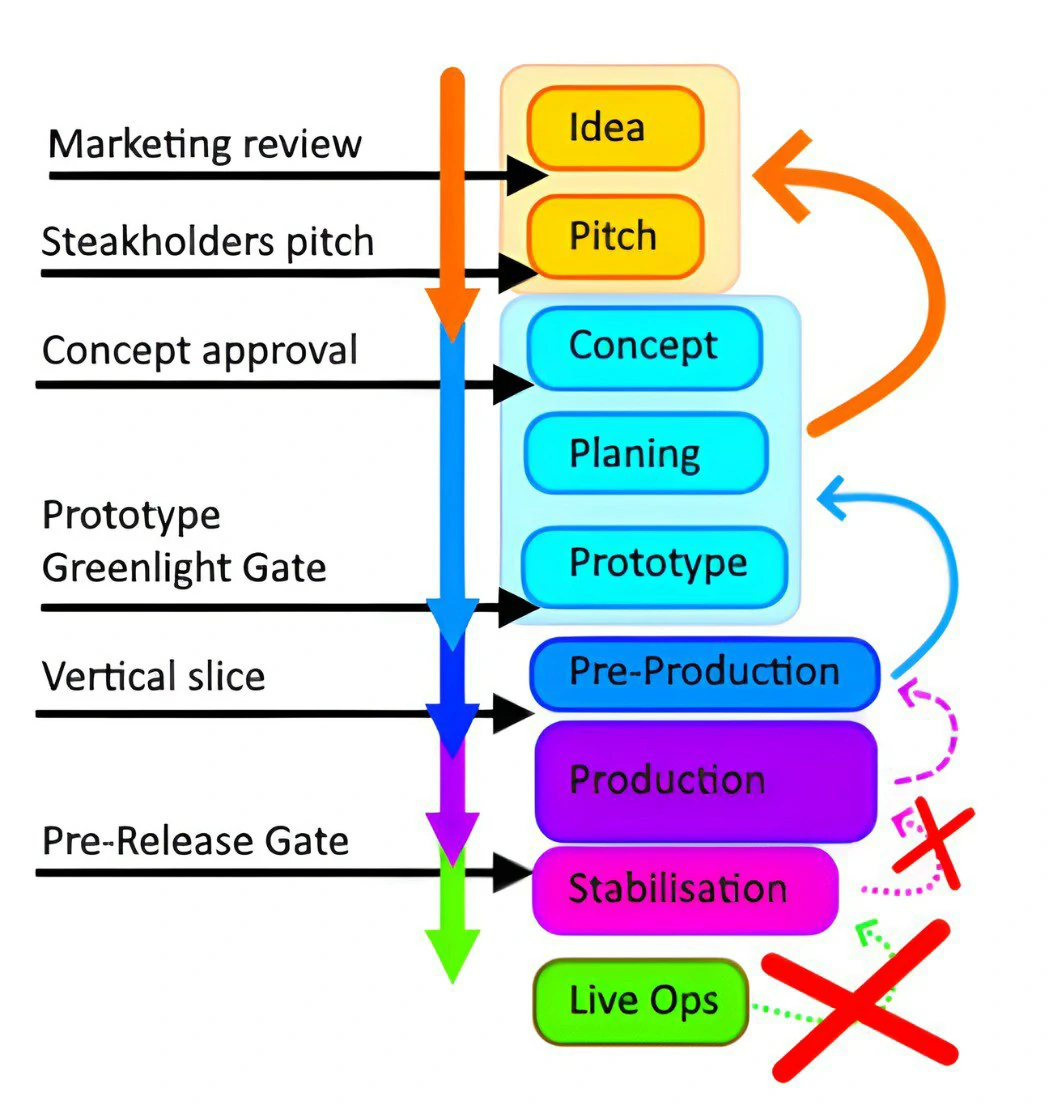
GDD in The Product Life Cycle
No need to explain why it’s essential to make sure that you have a shared vision regarding every development stage with your client. To help you structurize your workflow better, take a look at the product’s lifecycle.
- Market analysis and review. Before pitching to stakeholders, our marketing team walks you through the project. We check if every concept or idea is viable enough to compete on the market and stand out among competitors.
- Stakeholder pitching. At this stage, you present your idea to potential investors or stakeholders and receive feedback on it: whether it needs any improvement and whether the idea is worth implementing.
As you can see, no one has mentioned a GDD yet. The point is that you work on your game documentation all the time. You must constantly update and adjust it, adding new relevant ideas and solutions. You’ll get to finalize it once you gather enough information about the game — it usually happens after pre-production.
- Concept approval. No idea goes into production without the consent of your stakeholders. At this stage, it’s okay that a particular idea or gameplay mechanics get rejected — that’s just a motivation to improve. Moreover, feedback from outside the team is crucial as you see flaws or imperfections your colleagues haven’t noticed or enhanced.
- Vertical slice. This is what helps our clients keep updated on the project. We provide you with a prototype you can try and make sure we’re all on the same page. To make the final product look just like you’ve imagined it, we contextualize all the visuals and models to show what we rely on while working on the project.
- Pre-production is when you brainstorm before compiling a video game design document. Try to answer as many questions as possible and implement the changes and ideas from your team. You add them to a concept doc and then transform it into an actual game document. This will help you optimize the workflow and allocate tasks among your teammates.
- Production. Now, everything you’ve come up with at the pre-production stage comes to life. At this point, you clearly see the GDD’s importance. Once you’ve worked hard on every little issue during previous steps is the guarantee of your team’s successful cooperation on the final product.
- Pre-release Gate. That’s when you already have a finalized title to represent. It may still have bugs or flaws, but this is when you think of the release and polish the game. Once you’ve decided on the release date, you get to the stabilization stage, where you fix all the bugs and make sure it’s working well.
Key Stages of GDD
Hopefully, this quick tour helped you realize the vital role of game dev documentation in creating a new project. GDDs are the primary thing you should come up with before getting into the very production. So, let’s sum up the main stages you need to complete to get a solid game design document:
- Analyze and define the key product requirements
- Run the competitor analysis
- Define the project’s USPs
- Create and approve the concept document
- Develop and approve the game design document
So, since you already know how to develop a GDD over different life cycles of your title, we can now talk about the structure of a game doc.
The Name Of The Game
The title page is where you state the game’s name. You can also include a relevant visual and a range of details. Make sure to include the following:
- The target audience or the age rate
- Genre
- Platform(-s)
- Release date
- Creators of the game
There’s no strict structure or rules. The key recommendation here is to keep the intro page straightforward. However, ensure you’ve included all the significant details about the game. You’ll see a great design document example shortly to see what we mean.
Project Or Game Description
The central part of the GDD should include the basics of your project. For instance, describe the title’s target audience, a brief overview of the project, what it will be about, the game’s mood, setting, and core mechanics. Finally, explain the game’s main point, the player’s role or mission, and what challenges the game contains.
Below, you’ll see a perfect example game design document for Grim Fandango.
Main Characters
Here, you’ll need to mention plot-related aspects that somehow affect the characters and their storyline. Think of each character’s lore, skills, strengths and weaknesses, and personality. Don’t write the whole backstory for each of them. Make sure to keep it clear and to the point. Adding visuals for your characters would be of great help too.
Here’s how you can add a character description in the GDD:
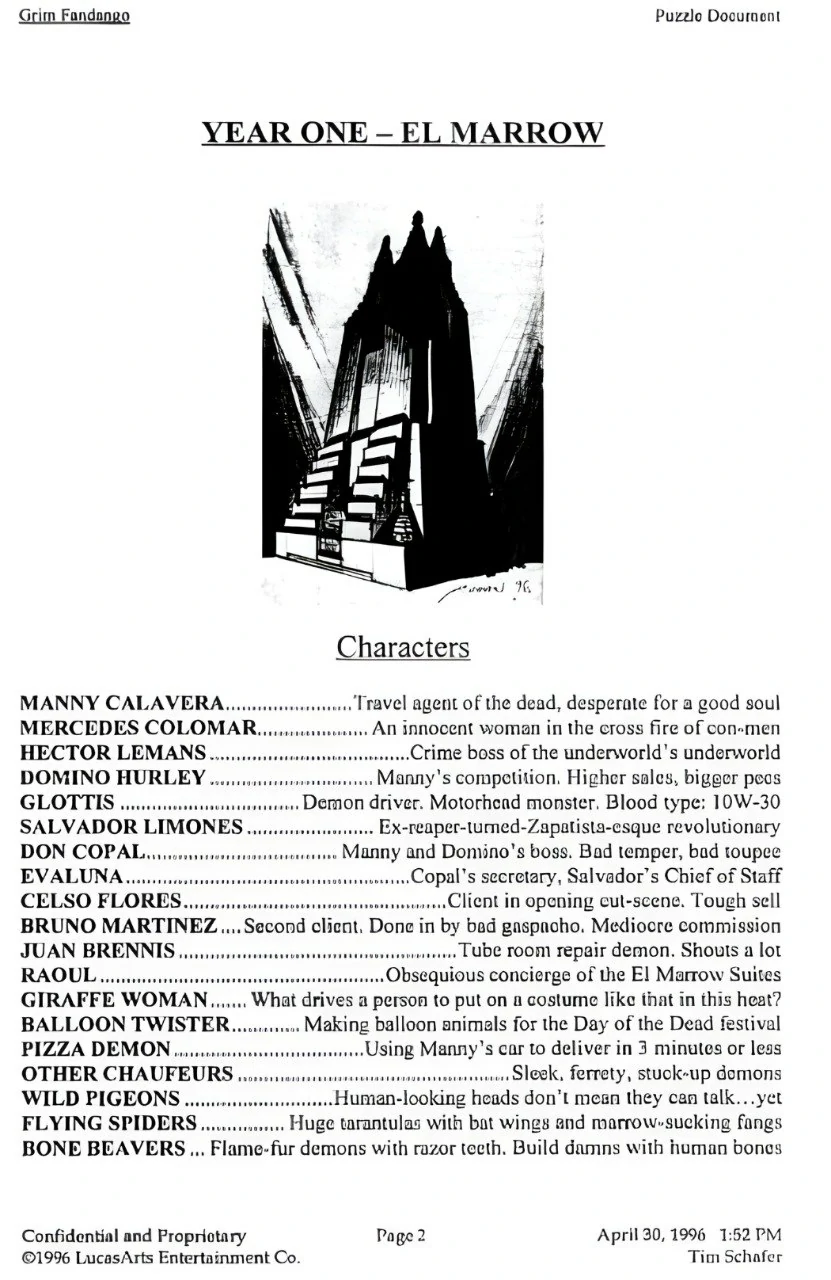
Story
The GDD template shouldn’t be a screenplay. It is instead a brief description of the main storytelling points. That said, you should mention the characters and describe the relationship between them, the game’s setting, and how the story affects the gameplay. Make it brief yet informative — don’t forget the overall document length.
The Gameplay
Here, you must describe the features and limitations relevant to every platform you want to launch your game on. Remember to include concepts and infographics to visualize your ideas to others. This part of a GDD should be easily readable and engaging.
Visual Styling
In this part, you provide designers and artists with instructions and detailed guidelines on what kind of art you want to see in the game. They include fonts, textures, effects, styles, and so on. Of course, you should also leave room for creativity and make sure your team’s vision aligns with your expectations. Emphasize what mood and emotions you’re looking at as well — this shouldn’t be just a strict list of requirements. The key rule here is to trust your team and allow them to unleash their full potential.
Before You Start: Helpful Tips And Tricks
We’ve gathered the fundamental principles of proper creating and updating game documentation:
- Make your document engaging. This has to motivate and inspire your team to work on the project and make it even better than expected.
- Can you think of ways to make a GDD interesting to read? Visual data representation is the answer! Use graphs, images, and tables to help your teammates better understand your ideas and suggestions.
- Be ready to adjust and update a GDD at different development stages
- Make your document well-structured and concise. Make sure every team member understands everything written in the game design doc, including their responsibilities, goals, and workflow.
- Check out some high-quality GDDs and see what templates you can use to ensure the file’s readability and clarity.
- To minimize troubles while working on a GDD, remember the PPD framework, which is Process, Planning, and Documentation.
Our team at Whimsy Games understands the importance of due project planning. Our accomplishments prove that having a comprehensive GDD is essential to any game’s success.
Game Design Document Template To Use
As you have already noticed, an elaborate plan is a key to a successful project. The fact that many indie dev studios and beginner teams neglect to create one makes their job much harder. As a result, they start making multiple mistakes and need clarification on their duties and workflow. To help you get rid of this, here’s a helpful design document example you can refer to while working on your own.
Since there’s no exact way of formatting your GDD game design document, you still have to clarify the project’s vision and provide details on its every development stage.
See below a great example of a complete game design document sample:
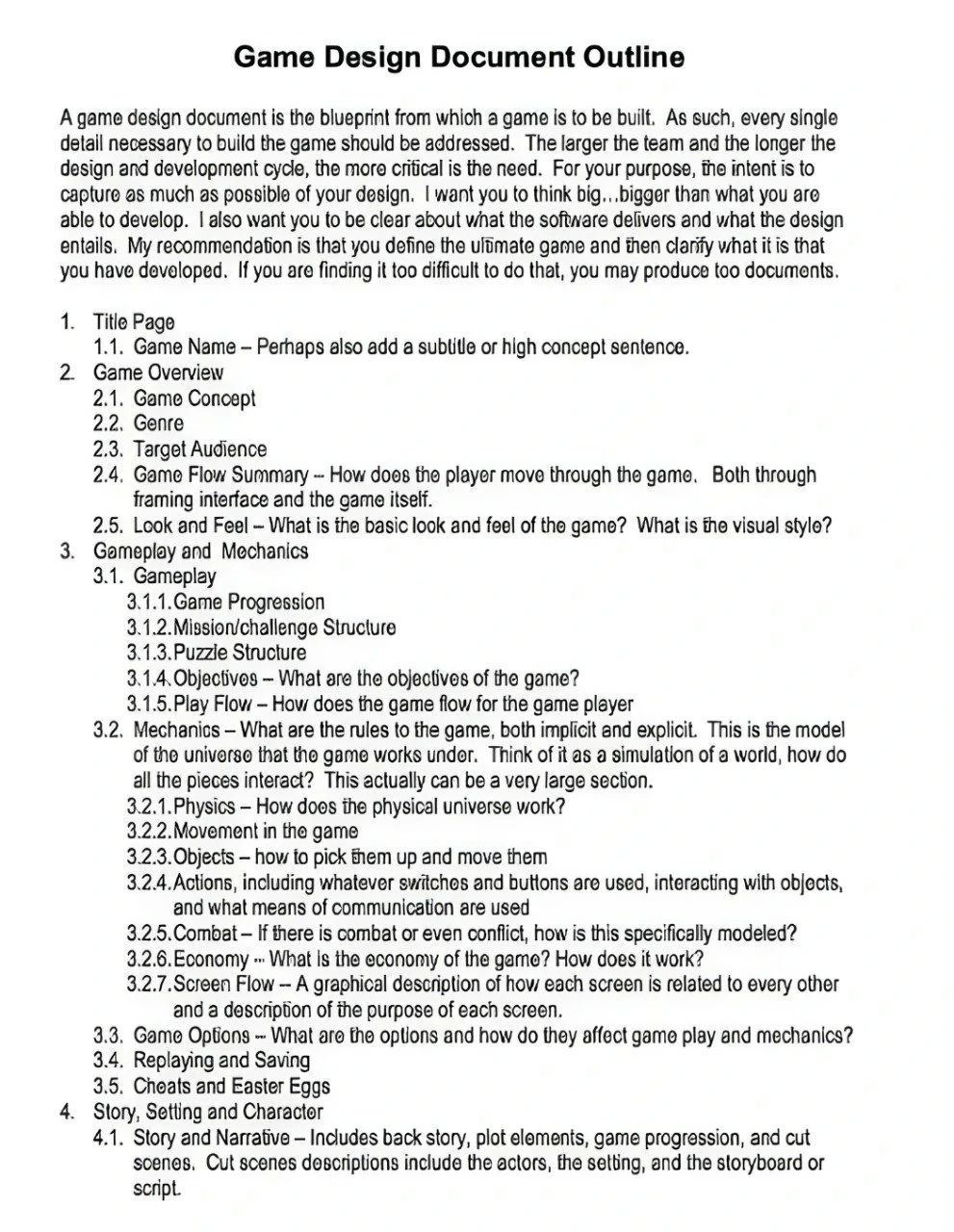
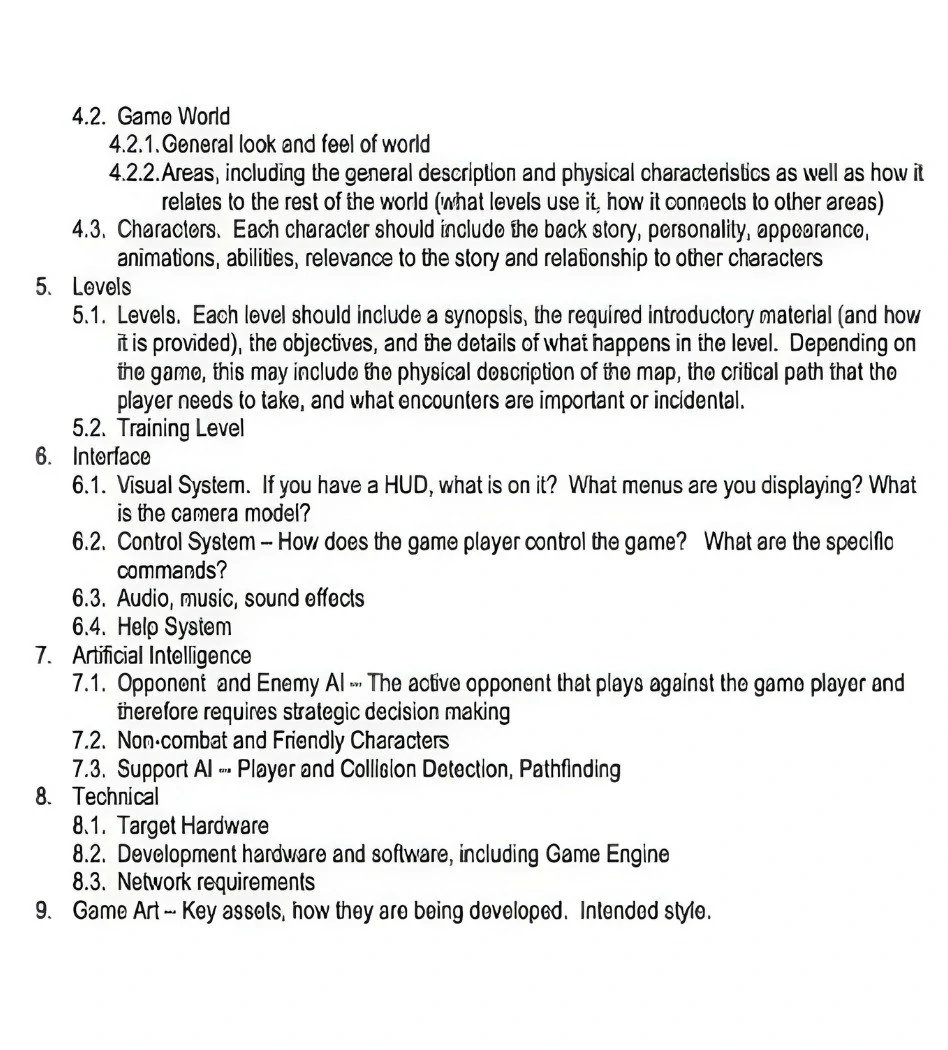
The outline is highly elaborate, mentioning every question you might have regarding the project, its mechanics, art style, genre, and other aspects. And yes, the game design document template can look like this, as there are no strict regulations on arranging and formatting one.
Dirty Bomb is another game document template you can get some inspiration from. Although some may find it too big, it’s still a fantastic, well-groomed game design document template.
Final Thoughts
It looks like you’re up to speed now. Although compiling game design documentation can be quite complicated, it’s an insightful, reliable source of inspiration for your team to create a unique project. Our team at Whimsy Games knows how to make game planning practical and helpful: we already have over 100 delivered projects that have become a success among players worldwide.
The Whimsy Games team is sure: only supportive and cooperative teams can help creativity thrive. That’s why we encourage every team member to express their opinion and work towards a common idea. Our client-focused mindset and interactive teamwork help us ensure every point of view is considered while working on game design documentation.
Already have an awesome idea to bring to life? We’re looking forward to hearing all about it! Contact us, and we’ll get back to you as soon as possible to help polish your idea and create an outstanding game together.




